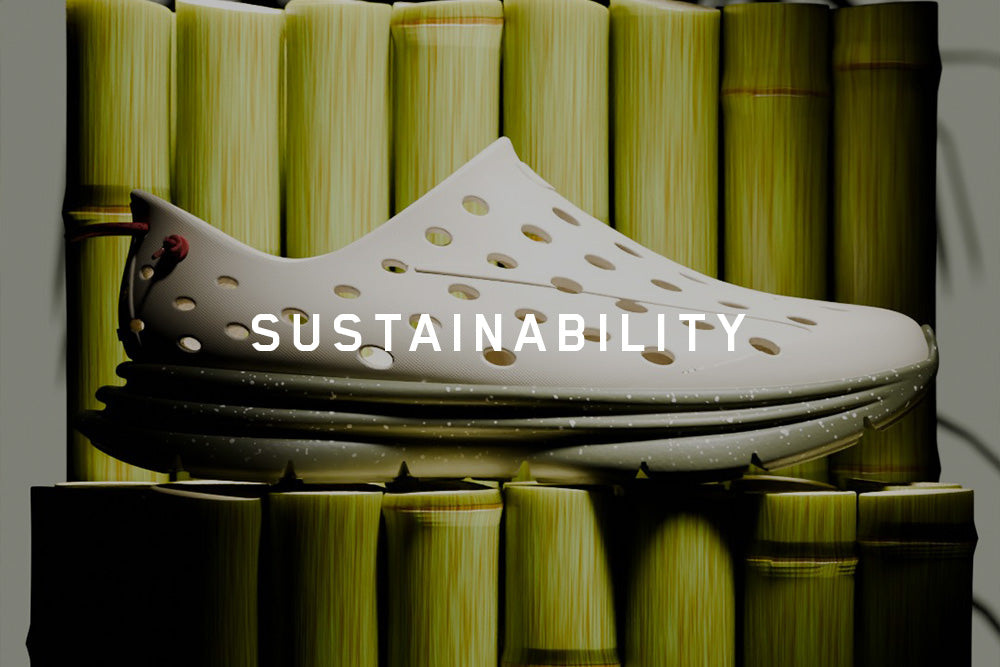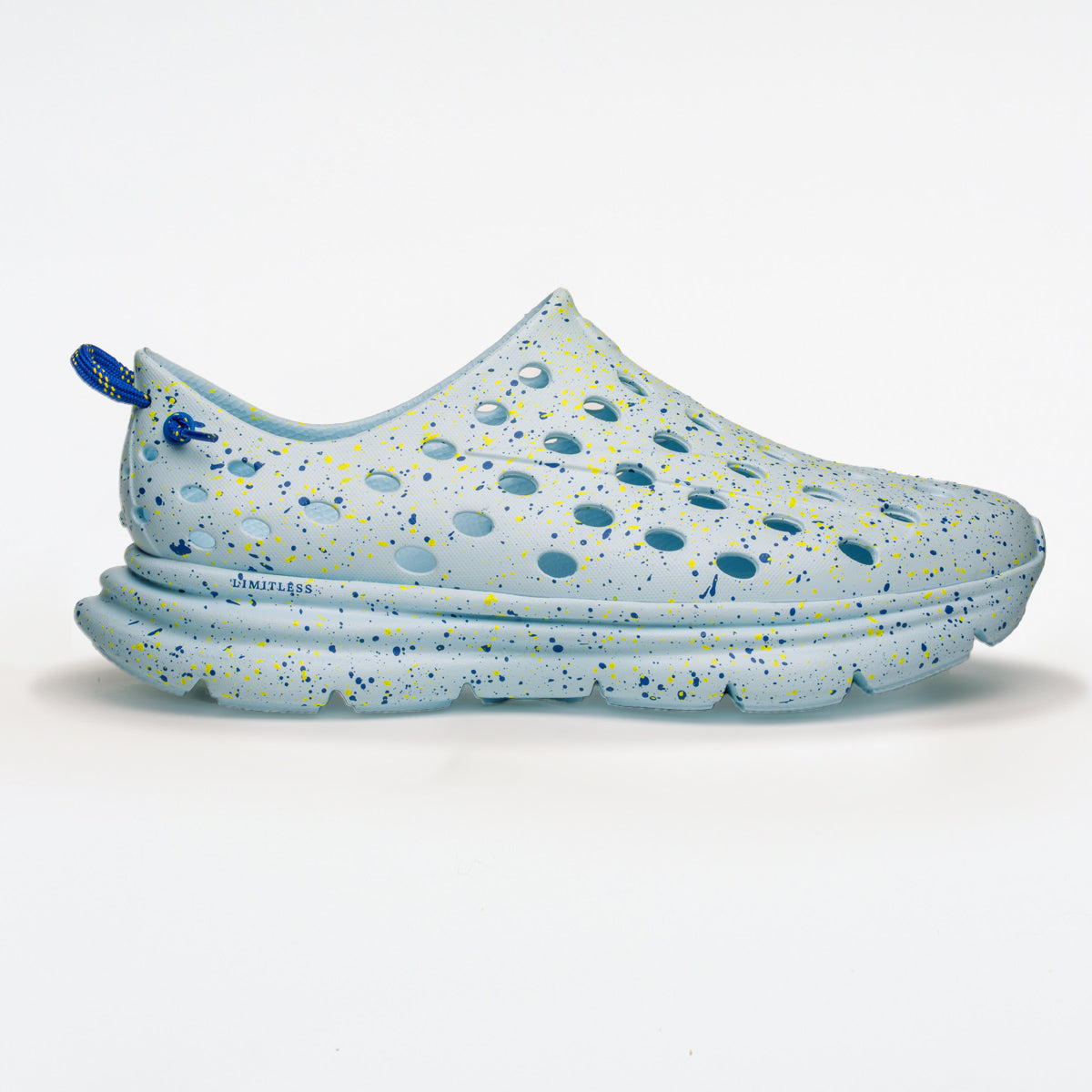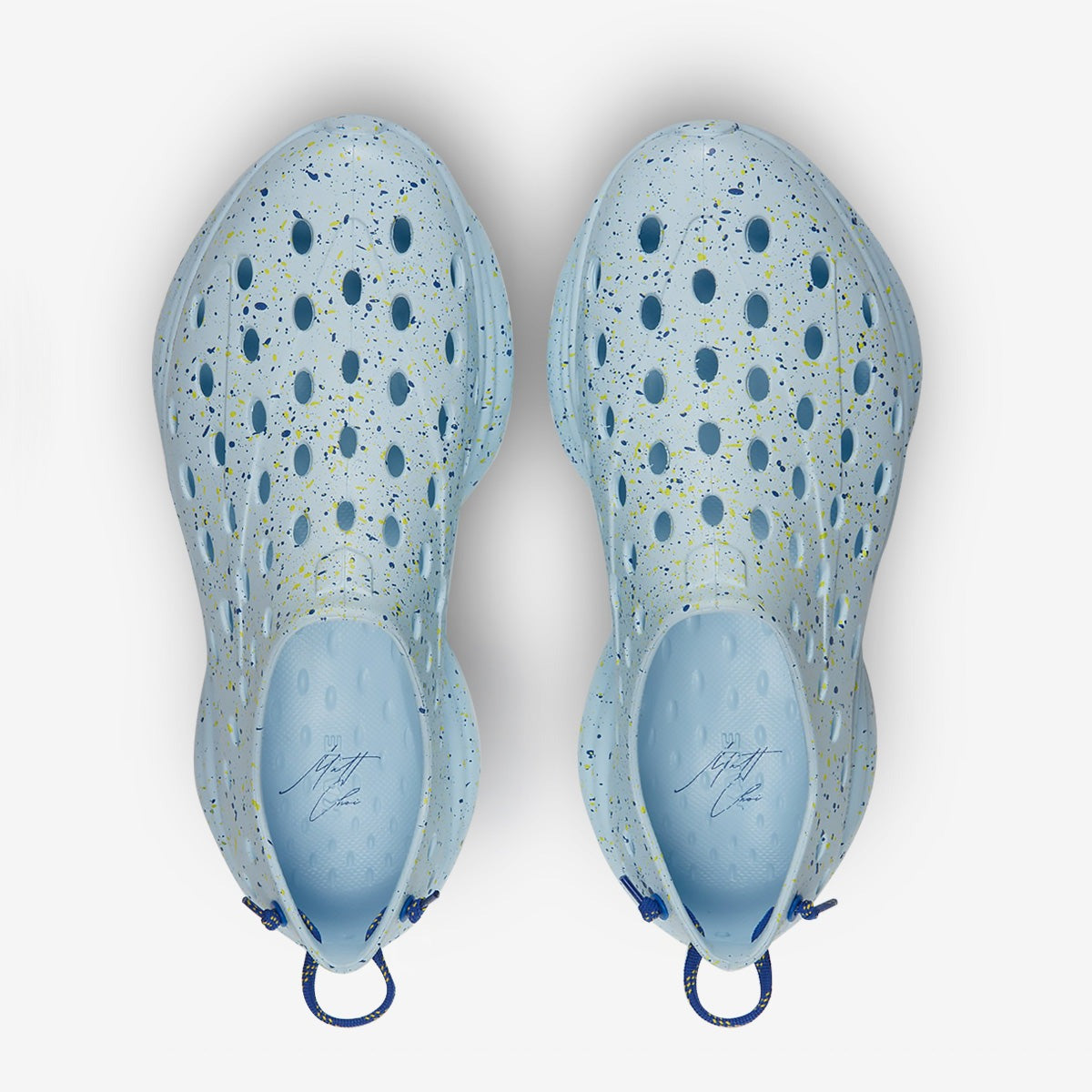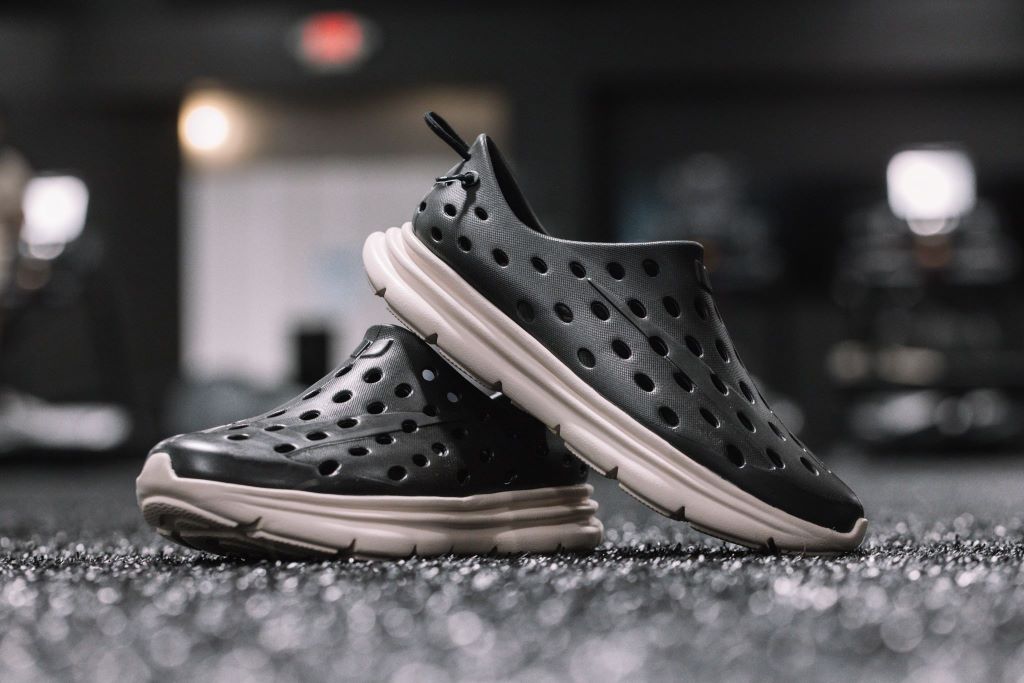When it comes to maintaining peak performance, recovery is just as important as the workout itself. Athletes and active individuals often ask: Is yoga active recovery? In this comprehensive guide, we’ll discuss yoga's role in post-exercise recovery and whether it qualifies as a form of active recovery workout.
What is active recovery?
Active recovery refers to low-intensity activities performed after a strenuous workout to promote muscle repair and reduce muscle soreness. The goal is to keep your blood flowing without overexerting your muscles, helping you recover faster between sessions. Active recovery activities, such as light exercise, walking, or swimming, are known for enhancing blood circulation and reducing muscle fatigue.
Key benefits of active recovery include:
- Reduced delayed onset muscle soreness (DOMS)
- Improved flexibility and range of motion
- Enhanced blood circulation, which helps transport oxygen and nutrients to recovering muscles
- Decreased lactic acid buildup, aiding faster recovery
By engaging in low-intensity movement on your rest days, you help your muscles recover while keeping blood flowing and preventing stiffness.
Why yoga can be considered active recovery
The short answer is yes—yoga can definitely be considered active recovery under the right conditions. Here’s why:
Low-intensity movements
Yoga, especially styles like yin or hatha, involves low-intensity exercises that don’t put excessive strain on your body. These practices focus on long, gentle stretches that improve range of motion and relieve tight connective tissue. For those recovering from an intense workout, this can help reduce soreness while keeping your body moving.
Enhanced circulation and flexibility
Certain yoga poses—such as downward-facing dog—stimulate circulation by engaging different muscle groups without overexertion. This increase in circulation helps transport oxygen and nutrients to your muscles, aiding in faster recovery. Yoga promotes blood flow in a way that feels more restorative than high-impact activities.
Stretching and muscle relief
Yoga serves a similar purpose to other post-exercise recovery techniques, like foam rolling or dynamic stretching. By focusing on flexibility and releasing tight muscles, yoga helps prevent injury and reduce muscle fatigue after a challenging workout. The emphasis on deep stretching also addresses muscular repair and muscle fiber recovery.
Mental recovery and mindfulness
Mental recovery is an often overlooked aspect of the recovery process. Incorporating yoga after an active recovery workout not only promotes physical healing but also supports mental clarity and relaxation. The mindfulness and breathwork techniques practiced in yoga help reduce stress and improve overall well-being after a challenging workout.
Yoga: A holistic practice with physical and mental benefits
With roots in northern India over 5,000 years ago, yoga is widely known for enhancing flexibility, balance, and mental clarity. It has gained popularity among athletes and wellness enthusiasts alike for its ability to promote physical activity and body awareness. Yoga practices vary, with styles like yin yoga and vinyasa offering different intensities to suit your recovery needs.
Yoga also has a unique advantage over other forms of recovery: it addresses both the body and the mind. While traditional recovery focuses on muscle repair, yoga incorporates breathwork, mindfulness, and relaxation, offering a complete mind-body experience.
Active recovery yoga vs. passive recovery yoga
Not all yoga is created equal when it comes to recovery. There are differences between active and passive recovery—depending on the style and intensity, yoga can serve both purposes.
Active recovery yoga
Styles like vinyasa or gentle flow focus on fluid movement and keeping the blood pumping. You can perform these yoga practices on active recovery days to enhance circulation, improve flexibility, and aid in muscular repair. By maintaining a steady pace, these yoga styles keep the body engaged without causing further muscle damage.
Passive recovery yoga
On the other hand, restorative practices like restorative yoga or yin yoga are perfect for passive recovery. These styles focus on holding poses for long periods, allowing your muscles to relax and promoting deep rest. While this is not technically active recovery, it complements more dynamic recovery activities, especially if you’re focusing on injury prevention or reducing stress.
Yoga for different fitness goals
Yoga can support different recovery needs based on your fitness level and goals:
- For athletes and active individuals: Yoga helps restore balance after high-intensity workouts, preventing injuries and enhancing athletic performance
- For health and wellness enthusiasts: Yoga promotes flexibility, balance, and mental clarity, making it a great addition to any fitness routine
- For those seeking daily well-being: Yoga provides gentle movement that enhances circulation and flexibility, making it an ideal practice for individuals who want to stay mobile without rigorous exercise
- For eco-conscious exercisers: Yoga is a sustainable practice requiring minimal equipment, aligning with environmentally conscious lifestyles
Yoga poses perfect for active recovery
Certain yoga poses are particularly effective in promoting recovery after an intense workout. These poses help to stretch and relax the muscles, enhance circulation, and relieve tension. Here are some of the most beneficial poses for your active recovery workout:
1. Child’s pose (balasana)
Description: This restorative pose is a gentle forward fold that allows the body to relax and unwind.
Benefits:
- Relieves tension: Child’s pose stretches the back, hips, and thighs, alleviating tension built up during workouts
- Encourages relaxation: The position lets you focus on your breath, calming the mind and reducing stress
- Promotes flexibility: This pose increases flexibility in these areas by gently stretching the spine and hips
How to do it:
- Kneel on the floor and sit back on your heels
- Fold forward, extending your arms in front of you or resting them by your sides
- Relax your forehead on the mat, taking deep breaths to feel the stretch in your back and hips
2. Downward-facing dog (adho mukha svanasana)
Description: A classic pose that stretches the entire body, downward-facing dog is often used to transition between poses in yoga sequences.
Benefits:
- Stretches multiple muscle groups: This pose stretches the hamstrings, calves, shoulders, and spine, promoting overall flexibility
- Enhances circulation: The inversion helps improve circulation, allowing fresh oxygen to reach your muscles
- Strengthens the upper body: Engaging your arms and shoulders builds strength while you stretch
How to do it:
- Start on your hands and knees, with your wrists aligned under your shoulders and knees under your hips
- Tuck your toes and lift your hips up and back, straightening your legs and forming an inverted “V” shape
- Keep your head between your arms, gazing towards your navel, and hold the pose while breathing deeply
3. Legs-up-the-wall (viparita karani)
Description: This restorative pose involves lying on your back and extending your legs up against a wall, promoting relaxation and circulation.
Benefits:
- Enhances relaxation: The gentle inversion calms the nervous system and helps reduce fatigue
- Promotes blood flow: Elevating the legs encourages the circulation of blood back to the heart, helping to relieve swelling and tension in the legs
- Supports recovery: This pose can alleviate muscle soreness and speed up recovery after vigorous workouts
How to do it:
- Sit next to a wall and lie back, swinging your legs up the wall while keeping your back flat on the floor
- Allow your arms to rest comfortably, palms facing up at your sides
- Close your eyes and breathe deeply, holding the pose for several minutes
4. Seated forward bend (paschimottanasana)
Description:
This seated pose stretches the entire back body, from the heels to the head.
Benefits:
- Releases tension in the lower back: The forward fold stretches the spine and hamstrings, relieving tightness in the back
- Promotes relaxation: This pose encourages a calm mind and can help alleviate anxiety
- Improves flexibility: Regular practice enhances hamstrings and lower back flexibility, which is crucial for preventing injuries
How to do it:
- Sit on the floor with your legs extended straight in front of you
- Inhale to lengthen your spine, and as you exhale, hinge at the hips to fold forward, reaching for your feet or shins
- Keep your spine straight and relax your neck. Hold the pose for several breaths
5. Cat-cow stretch (marjaryasana-bitilasana)
Description: A dynamic movement that flows between two positions, the cat-cow stretch warms up the spine and increases flexibility.
Benefits:
- Promotes spinal flexibility: Alternating between arching and rounding the back helps improve spinal mobility
- Relieves tension: This stretch is excellent for releasing tension in the neck and back, common after strenuous workouts
- Increases blood flow: The movement helps stimulate circulation to the back and abdominal muscles
How to do it:
- Begin on your hands and knees, with wrists aligned under your shoulders and knees under your hips
- Inhale as you arch your back (cow pose), lifting your head and tailbone toward the ceiling
- Exhale as you round your back (cat pose), tucking your chin to your chest and drawing your belly button toward your spine
- Continue to flow between these two positions for several rounds of breath
6. Pigeon pose (eka pada rajakapotasana)
Description: This pose focuses on stretching the hips and glutes, which often tighten during workouts.
Benefits:
- Releases tightness: Pigeon pose targets the hip flexors and glutes, promoting better mobility in these areas
- Alleviates tension: This pose can help relieve discomfort caused by tightness in the lower body, improving overall comfort during movement
- Encourages relaxation: The grounding position promotes deep breathing and relaxation
How to do it:
- Start in a downward dog pose. Bring your right knee forward and place it behind your right wrist, with your right foot angled toward your left hip.
- Extend your left leg straight back, keeping the hips squared.
- Lower your upper body to the ground, resting on your forearms or extending your arms forward. Hold for several breaths, then switch sides.
When practiced mindfully, these poses can improve range of motion and support muscle healing, making them ideal for recovery.
How often should you incorporate yoga into your recovery routine?
For those who work out regularly, yoga can be incorporated on your active recovery day or as part of your cool-down after intense sessions. Practicing yoga two to three times a week can help prevent injury, promote healing, and maintain flexibility. Alternating between more dynamic yoga styles and passive practices, like restorative yoga, can help create a well-rounded recovery routine.
How recovery shoes can enhance active recovery
When you're on your feet, recovery shoes can help by promoting blood flow and providing the right amount of cushioning to reduce strain on your joints. Whether you're on a light walk or leisurely cycle, the right shoes ensure your recovery period goes smoothly.
Discover Kane Recovery Shoes!
Kane’s recovery shoes provide excellent support, comfort, and durability for those in need of top-notch recuperative footwear. Featuring an adjustable hook-and-loop single-strap synthetic upper, plush TPR footbed, and durable injected EVA outsole, these kicks come with all the right features to assist you during your rehabilitation journey.
Aside from providing quality products, they are also committed to sustainability. They have become a Certified B Corporation while dedicating 1% of their overall profits to environmental charities.
When and how to wear Kane Revive
The best moment to wear most recovery shoes is directly after a strenuous activity such as running or exercising. This helps minimize inflammation and launch the healing process. To guarantee maximum comfort and effective recuperation, make sure that you are wearing your recovery footwear correctly by tying up laces securely for a snug fit around your feet.
Conclusion: Is yoga the right active recovery tool for you?
Yoga offers many benefits, from enhancing circulation and flexibility to supporting mental clarity. Whether you’re an athlete, a fitness enthusiast, or someone seeking sustainable movement, yoga can be a valuable part of your active recovery strategy. By choosing the right style and intensity, you can use yoga to improve your post-exercise recovery techniques and keep your body in optimal condition.
Frequently asked questions
Is yoga considered active rest?
Yes, yoga is considered active recovery. It involves low-intensity exercises that promote blood flow, and help relieve sore muscles. Incorporating yoga into your routine can enhance body awareness and facilitate healing after tough workouts, making it an excellent option for active recovery days.
Is yoga a form of recovery?
Absolutely! Yoga is a form of recovery that aids in alleviating muscle damage and promoting relaxation. It’s an effective way to incorporate active recovery into your routine. Practicing yoga enhances circulation and supports your overall exercise performance, making it beneficial for all fitness levels.
What counts as active recovery?
Active recovery includes low-impact activities like walking, cycling, or yoga that maintain movement without stressing the body. These activities help reduce lactic acid buildup, enhance blood flow, and promote healing. Engaging in these activities on rest days can prevent stiffness and support recovery after intense exercise.
Does yoga speed up muscle recovery?
Yoga can speed muscle recovery by promoting relaxation and enhancing circulation. The gentle movements help flush out lactic acid, reduce muscle soreness, and increase blood flow to the muscles. Incorporating this practice into your active recovery workouts supports your body’s healing process after vigorous exercise.
Does yoga count as being active?
Yes, yoga counts as being active. It involves physical activity that enhances flexibility, strength, and balance. While it may not be as intense as a challenging workout, it promotes circulation and supports recovery. Practicing yoga as part of your exercise routine provides valuable active recovery benefits and maintains overall fitness.

















































